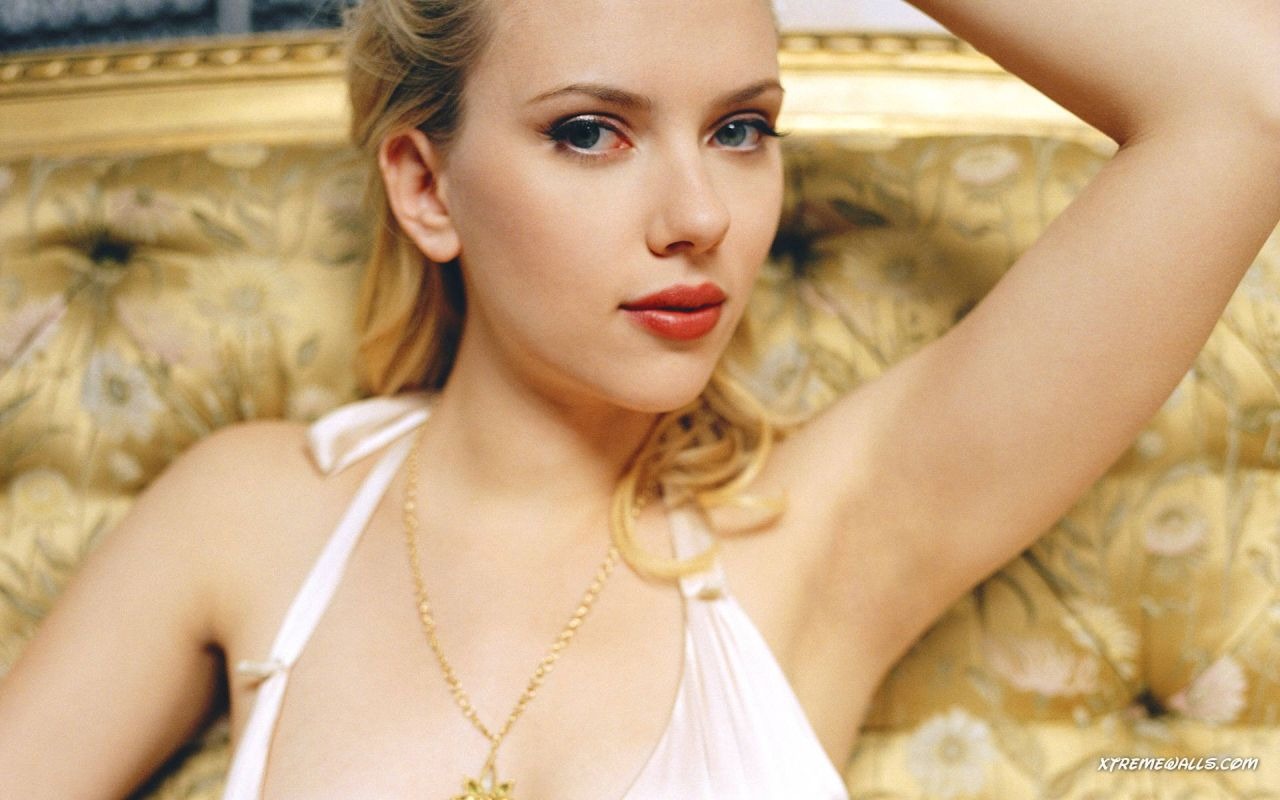The atmosphere was thick with tension, so quiet that you could hear a pin drop. Suddenly, a voice echoed over the speakers, gently spoken and tinged with an Australian accent. It was none other than the director herself, Cate Shortland. “Let’s start off by moving in slowly at the beginning… Thank you!” As someone familiar with the inner workings of big-budget film sets, I could tell that this was a departure from the norm. Typically, it’s a male assistant director shouting orders like a drill sergeant.

This film is a major milestone for the Marvel Cinematic Universe (MCU), as it finally gives Scarlett Johansson’s character, Natasha Romanoff, also known as Black Widow, her own solo adventure. Since her debut 11 years ago in Iron Man 2, fans have been eagerly awaiting a standalone film for the ex-KGB assassin turned Avenger.
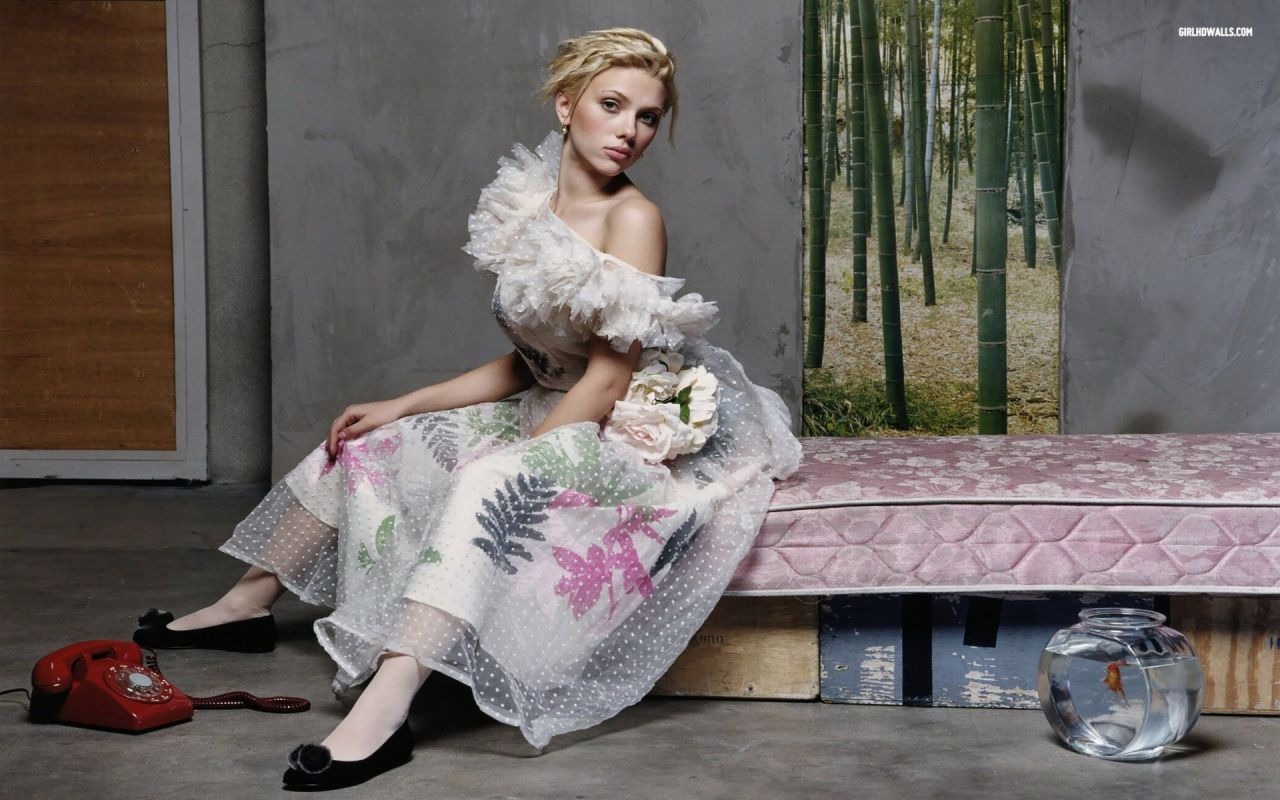
Frankly, Natasha has always been portrayed as a surface-level character in the series. Scarlett Johansson criticized Iron Man 2 for overly sexualizing her character, calling her nothing more than a “piece of ass”. It’s possible she was referring to the scene where she inexplicably changed into her superhero outfit in the back of a car, seemingly just to show off her bra. Or maybe it was the moment shortly before, when the camera objectified her by focusing on her rear end as she exited a limousine.
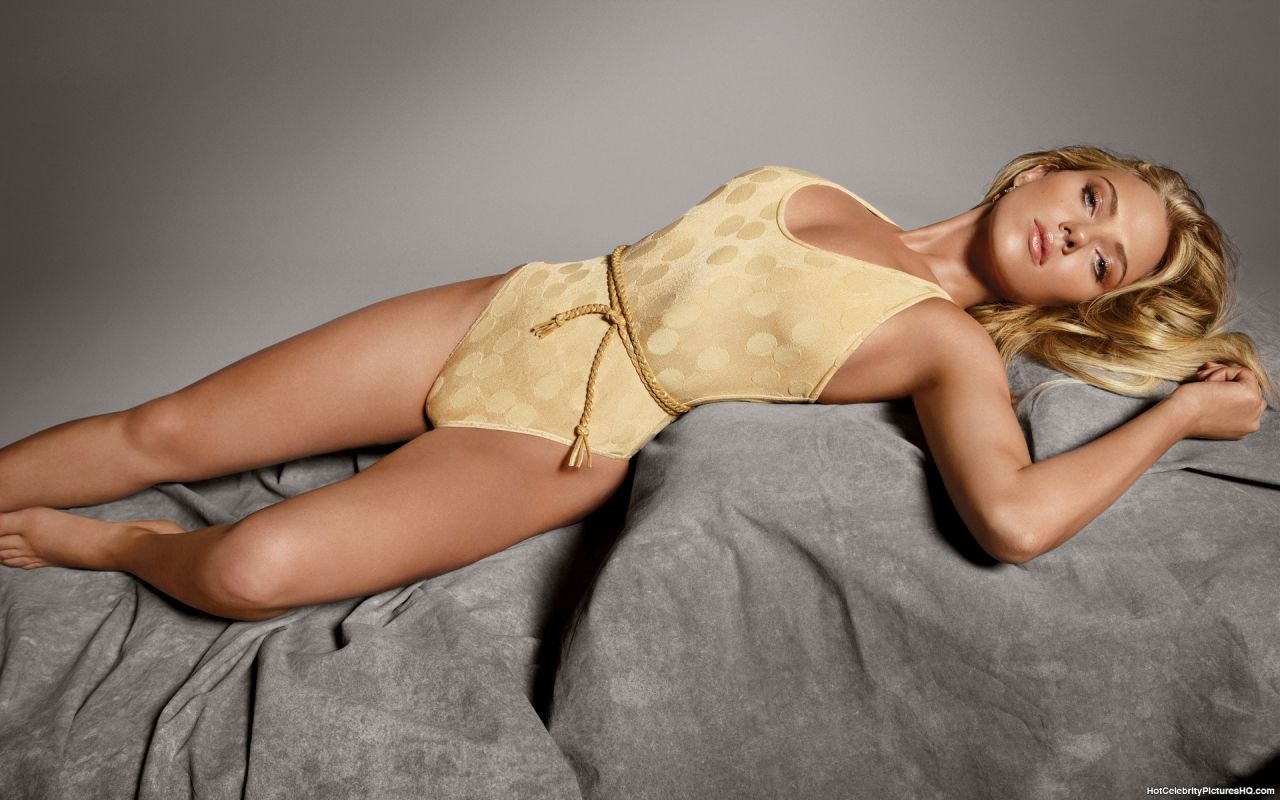
In Black Widow, director Cate Shortland brings a fresh perspective to the character, standing out among a pool of 70 directors chosen after a rigorous year and a half search by the studio. Shortland’s background in indie films helped shape her unique approach to the project. Before taking on the job, she immersed herself in the previous Black Widow films to understand the character’s movements and style.
Shortland made a conscious effort to move away from the sexualization stemming from Black Widow’s origins as a comic-book femme fatale. Her goal was to present the character independently, without relying on her relationships with others. The movie begins with Scarlett Johansson’s character secluded in a caravan in Norway, providing an intimate look at Black Widow’s personal life.
Despite her efforts to downplay sexualization, Shortland did include one scene showcasing Johansson in a revealing outfit. While she found the shot aesthetically pleasing, test audiences criticized it as pandering to the male gaze. Shortland, herself, appreciates Johansson’s allure but emphasizes the importance of portraying the character as empowered and in control.
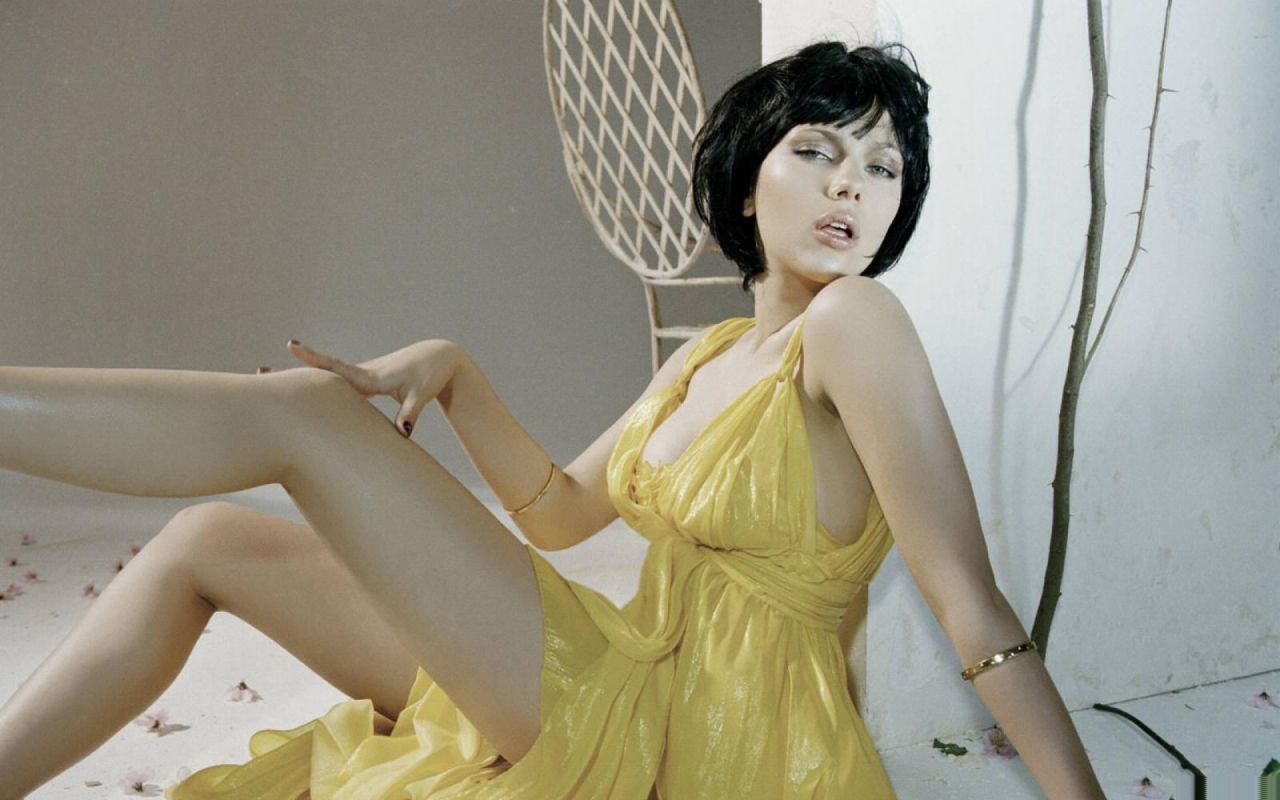
Black Widow is all about empowerment and taking back control. Natasha is pulled back into her dark past as a child assassin for the Red Room, a brutal organization that trains young girls to become deadly killers known as black widows. The head of the Red Room, Dreykov, sees these girls as expendable resources to exploit. They are brainwashed, trained in combat, and forced to undergo sterilization.
Director Cate Shortland wanted to explore Natasha’s complex past, revealing her as a survivor who uses her intelligence and skills to overcome challenges. In the film, Natasha forms a bond with her makeshift family from a previous mission, including her hilarious “sister” Yelena and the older widow Melina. Together, these women unite to take down the oppressive system that once controlled them. It’s not just about one woman fighting against the patriarchy, but a collective effort of powerful women joining forces.
When asked if the film is a reflection of the #MeToo movement, Shortland explains that the discussions with Scarlett Johansson began before #MeToo. They shared personal experiences of feeling controlled or silenced in various aspects of their lives. These stories resonate with many women who have faced similar challenges in asserting their power or finding their voice.
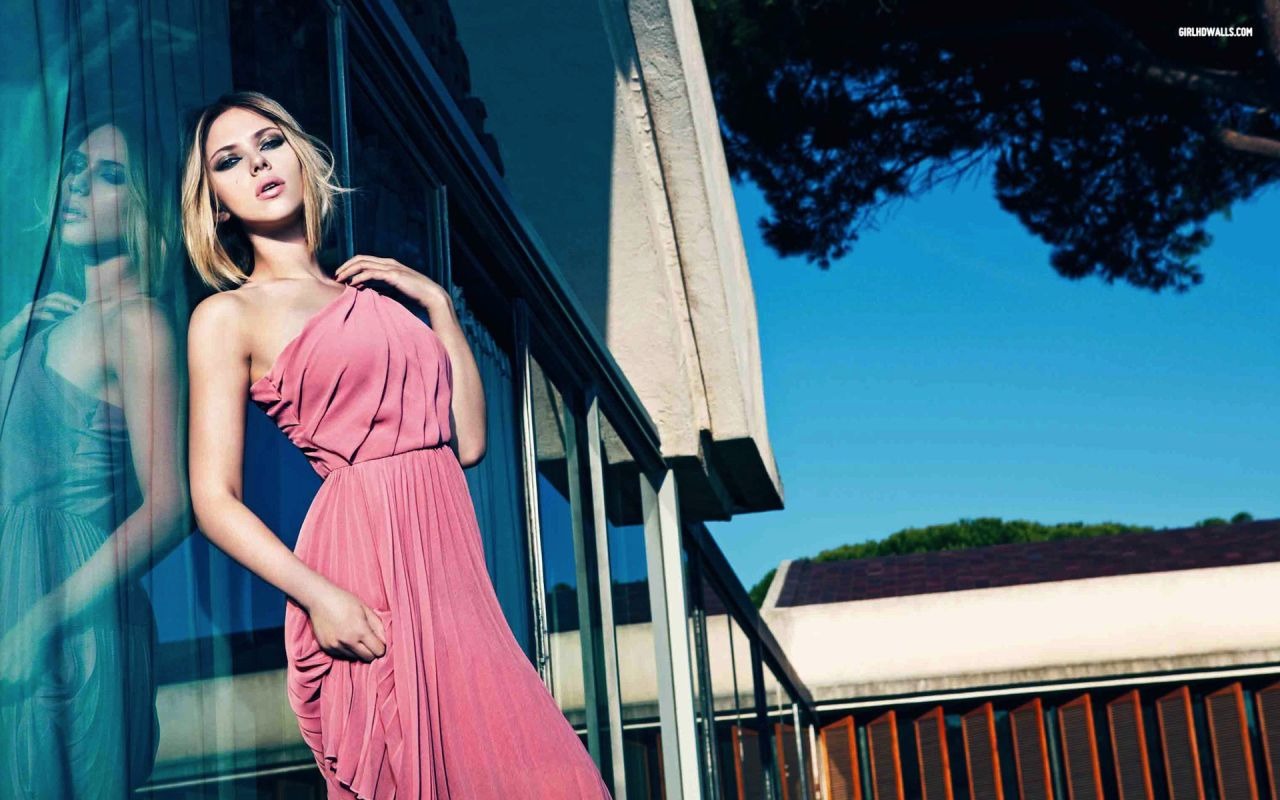
The movie draws inspiration from feminism, with the young assassin played by Florence Pugh driving change in the story. The film explores how different generations tackle issues of sexism, with Pugh’s character representing a more outspoken approach, in contrast to Scarlett Johansson’s character, who sometimes feels hesitant to speak up. The widows in the film also showcase a trendy babushka braiding style.
Director Cate Shortland, originally known for low-budget indie films, unexpectedly took on the challenge of directing a mega-million dollar movie like Black Widow. She almost quit filmmaking after her early work but was encouraged to continue by a female executive at Marvel who emphasized the importance of her voice being heard. Despite her shyness, Shortland found motivation in being a role model for younger women in the industry.
Scarlett Johansson, a fan of Shortland’s film Lore, played a significant role in convincing her to direct Black Widow, making Shortland the first solo female director of a Marvel movie. Shortland, unfamiliar with the Marvel Cinematic Universe at first, was drawn to Black Panther for its impactful storytelling and representation of diversity. The passing of Black Panther star Chadwick Boseman deeply affected Shortland, who admired the film for its heart and truth, inspiring her work on Black Widow.
